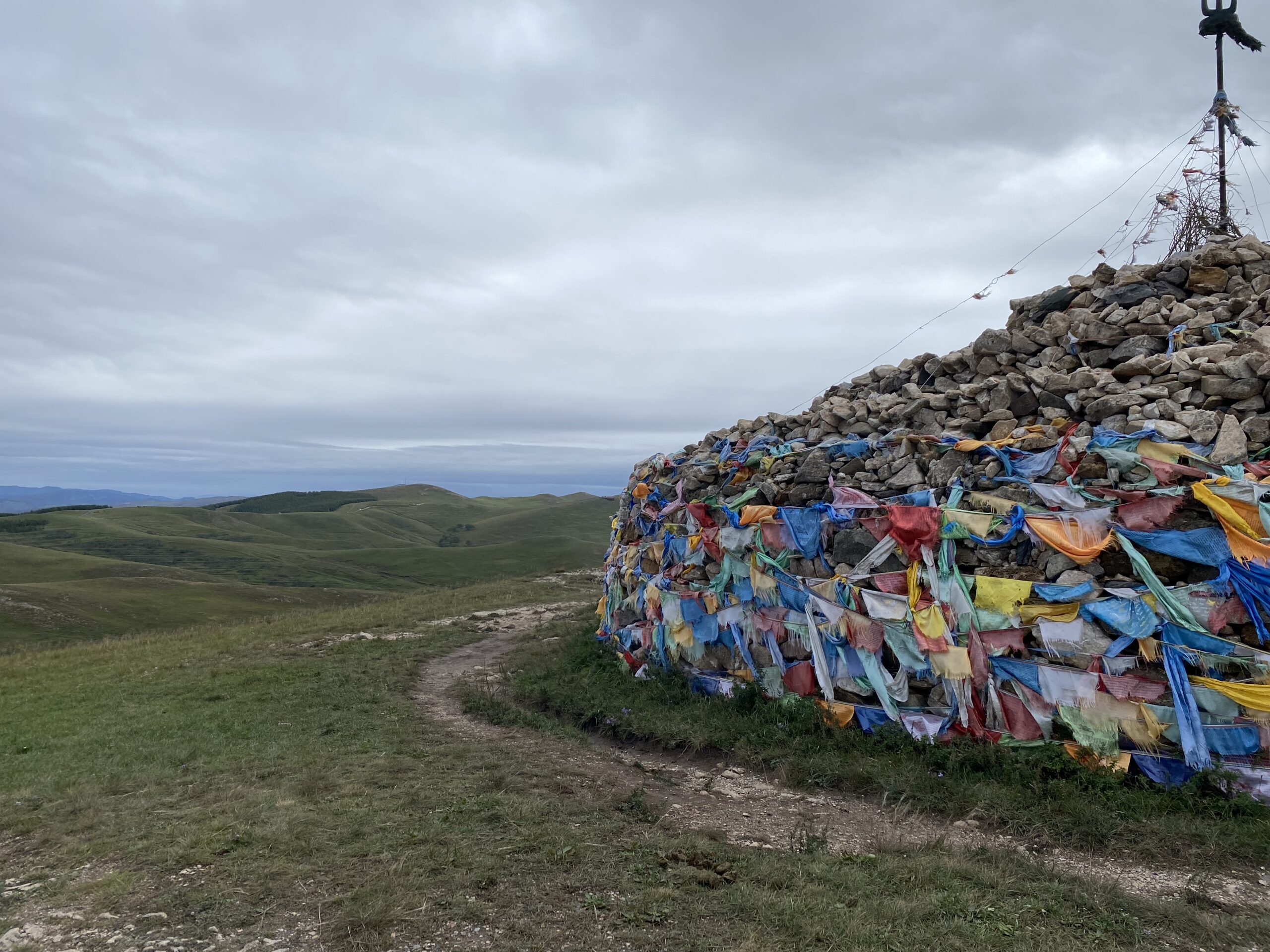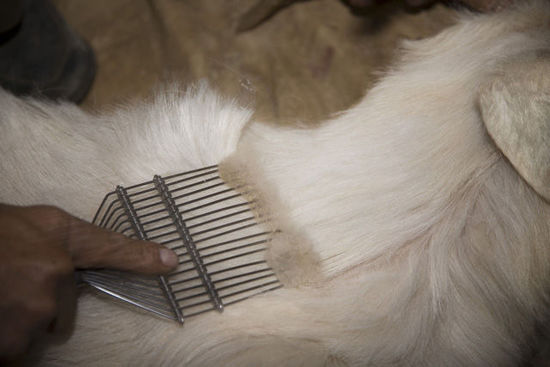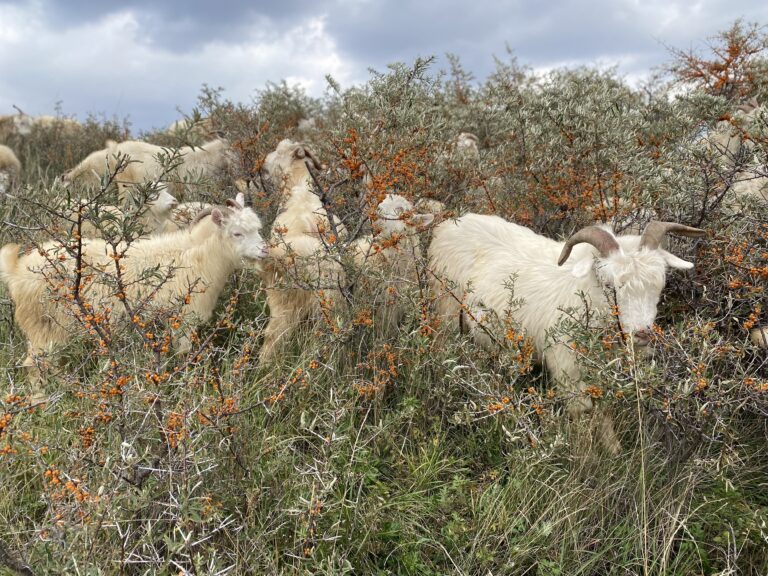Cashmere comes from a specific family of goats found in the Himalayan region of Kashmir, as well as other high-altitude areas like Mongolia, China, and Iran. Known as Cashmere or Kashmir goats, these animals thrive in harsh climates that contribute to the unique qualities of their wool.
What makes cashmere exceptional lies in the goats’ soft undercoat, which serves as natural insulation against extreme temperature fluctuations. In places like Mongolia, where temperatures can swing by as much as 40°C (72°F) in a single day, these goats rely on their undercoat to regulate body temperature. Often living at altitudes above 4,000 meters (13,000 feet), they endure conditions that lead to the production of fine, insulating fibers. This natural resilience is what makes cashmere so sought after for its softness and durability.
In the winter, these goats grow a dense outer coat for protection against the cold. Beneath this tough outer layer is the soft undercoat, that’s where cashmere comes from. As spring arrives, the goats naturally shed this undercoat, which is gently combed and collected without harming the animals. This process ensures the well-being of the goats while providing us with this great material.
Cashmere is incredibly fine, and its quality depends largely on the thickness of the fibers. A human hair is about 50 microns in diameter, while cashmere fibers range from 14 to 30 microns. The thinner the fiber, the softer the cashmere.
The length of the fibers also matters. Cashmere fibers typically range from 28 to 42 millimeters in length. Longer fibers help reduce pilling and enhance the durability of cashmere garments, making them more resistant to wear over time.
After being harvested, raw cashmere undergoes a careful preparation process. The fibers are sorted into high and low quality, spun into yarn, washed, and dyed before being woven into the fine garments we cherish.




